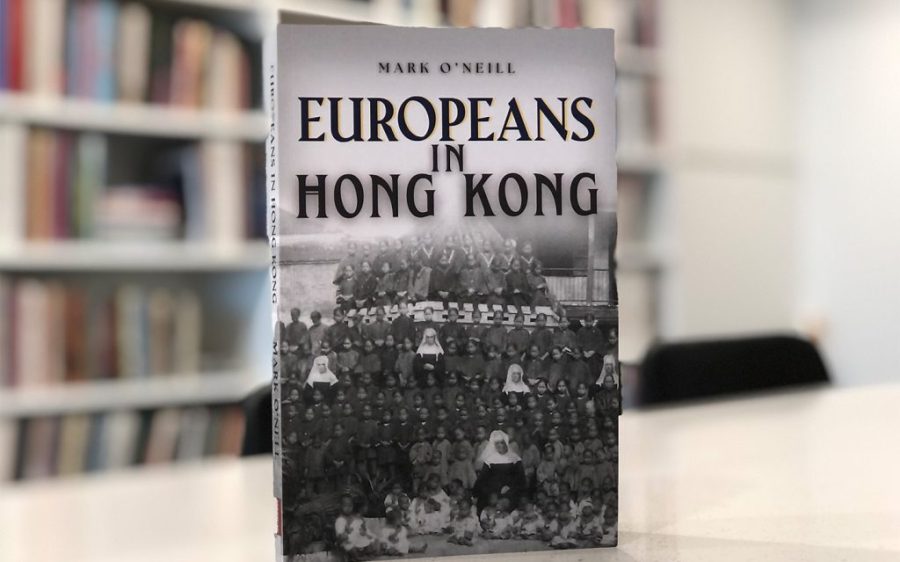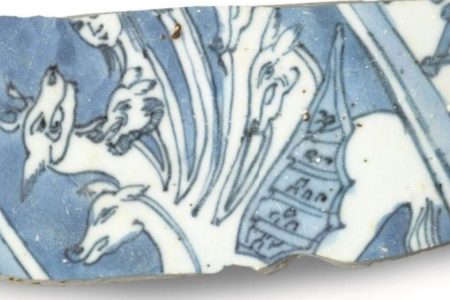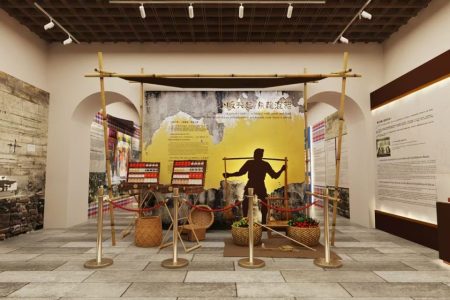The opening sentence from Mark O’Neill’s Europeans in Hong Kong will raise an eyebrow for anybody who thought Macao’s centuries of Portuguese heritage and manueline architecture gave it a claim to be Asia’s most Europeanised city.
“Hong Kong is the most European city in Asia” declares the China expert in his seventeenth book, basing his claim not outward appearances, but rather on the legacy of European communities across Hong Kong, particularly those who laid down religious and other institutional foundations that continue to shape the city’s character to this day.
[See more: Turning hell into heaven: Macao priest Father Gaetano Nicosia embarks on the path to sainthood]
Though references are made to the British and Irish figures, Europeans in Hong Kong focuses more closely on personalities from Germany, France, Portugal, Italy, and Spain.
Accommodating every deserving individual’s achievement over the past two centuries is an impossible task, one that O’Neill acknowledges and even apologises for – but he casts a sufficiently wide net. Notable figures include Alexandre Yersin, a French bacteriologist, who in 1894, while working in a bamboo hut near Kennedy Town Hospital, developed a serum that would help eradicate the bubonic plague which ravaged Hong Kong. So too is Ferdinand Korn, a German chemist that ran Butterfield & Swire’s sugar plant. His success is commemorated in the name Kornhill, a residential area on the slope of Mount Parker in Quarry Bay, where the refinery once operated.
Portuguese ties
For readers in Macao, the Portuguese chapter showcases more familiar names. José Pedro Braga, a prominent businessman and public servant for the Legislative Council, is discussed at length, as is Roger Lobo, a member of Hong Kong’s Executive Council. From the entertainment world, Reinaldo Maria Cordeiro, better known as Uncle Ray, “The World’s Most Durable DJ” who serendipitously interviewed the Beatles, is also included, reflecting the depth of the Portuguese footprint across various industries.
The diaspora’s success paved the way for social institutions such as Club Lusitano, a member’s only club established in 1866 on Shelley Street before it relocated to its present spot on Ice House Street in Central. To join, applicants must prove linkages to Portuguese ancestry or nationality. For some, ties to Macao’s churches and their surviving documents have been used to support numerous membership applications, as have shipping records linking family arrivals from Portugal, comments the club’s presiden Patrick Rozario, who was interviewed by O’Neill for the book.
[See more: Roger Crowley’s Spice is a must read for lovers of Macao history]
Club Lusitano is also recognised for its role during the Second World War, along with the sacrifices made by some of its members. While playing bridge inside the club, Carlos Henrique Basto was arrested by Japanese soldiers and later executed, following claims that he had passed coded messages through the playing cards. In 1948, the Portuguese government awarded the Ordem Militar de Cristo to Club Lusitano in recognition of its distinguished service during the war. Basto is memorialised at Stanley Military Cemetery.
Pearl River ties
Europeans were of course familiar with the southern Chinese coast long before establishing themselves in Hong Kong. Foreign merchants attending the trading fairs in Canton often settled in Macao, many living along the Praia Grande waterfront which offered a welcoming alternative to the harsh European winters.
While Portuguese heritage is still very much a part of Macao, so too are its links to other European communities. The British East India Company operated from Casa Garden where several merchants are buried in the neighbouring Old Protestant Cemetery. St. Augustine’s Church was founded by Spanish Augustinians and Jardim da Vitória ties Macao to the Dutch. Just for good measure, a replica Eiffel Tower, and a recreated Palace of Westminster, gleam above the Cotai strip.
However, Hong Kong’s deeper harbours and freeport status eventually drew larger cargo ships east, channelling the Portuguese and Macanese to Hong Kong, O’Neill identifies the 1849 assassination of Amaral and the 1874 typhoon as additional catalysts prompting others to leave. European missionaries who once viewed Macao as a base for evangelising China also moved to Hong Kong, establishing churches and seminaries such as the Béthanie on Pok Fu Lam Road, built by the French Society of Foreign Missions in 1875.
[See more: Woven in time: Exploring the Trojan War tapestry made for Macao’s first governor, Francisco Mascarenhas]
“Living in Hong Kong, I see the extraordinary legacy of the French and Italian religious congregations,” O’Neill shares, adding that he was unable to find a book about the Europeans in general, but only found books on individual orders.
The depth of the European Union’s commitment to Hong Kong remains interwoven throughout business and culture. The EU is Hong Kong’s third largest trading partner, and residents of the Fragrant Harbour have grown accustomed to drinking French and Spanish wines in addition to driving German cars, entrenching European visibility in daily life.
Since the founding of Hong Kong, the city has, and will continue, to attract people from Europe. In his conclusion, O’Neill recognises that the bonds between European and Chinese communities of Hong Kong will only become stronger, making his book just the first instalment of a very long story that they will write together.






